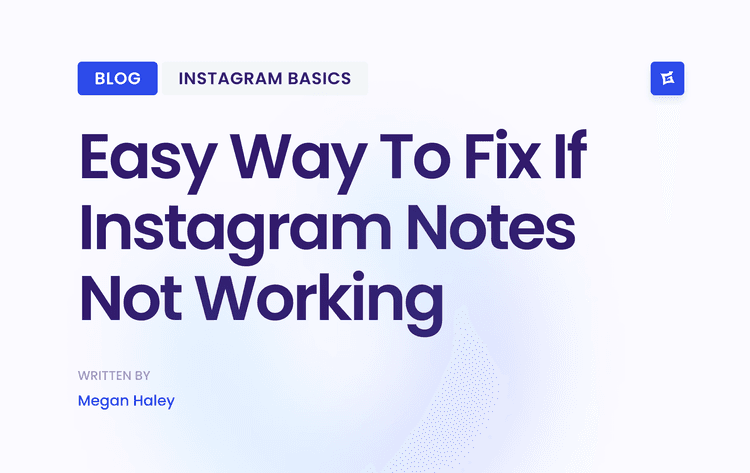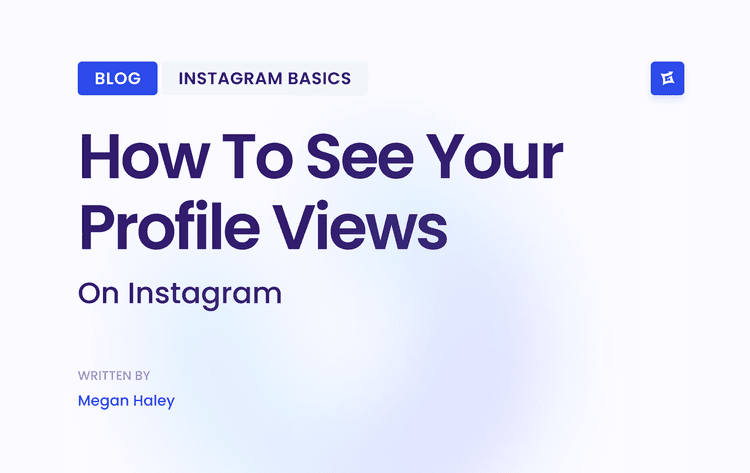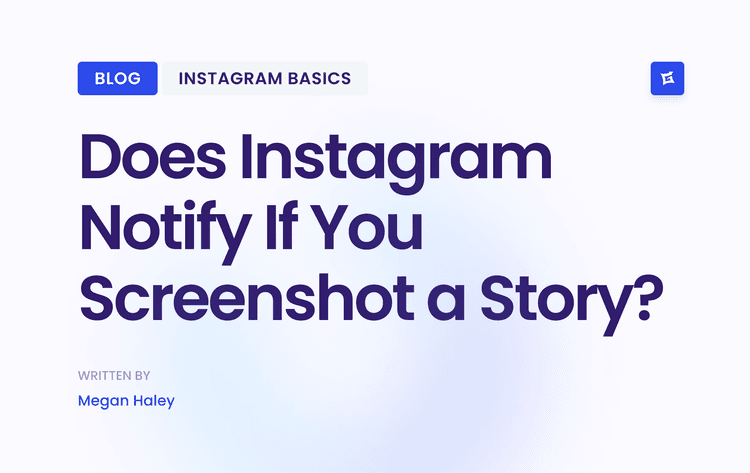What Social Media Engagement Looks Like in the Wild
Imagine your Instagram profile is a new coffee shop you just opened. Some people will walk past and peek in the window—that’s your reach. But engagement is when someone steps inside, orders a latte, asks about the beans, and then tells their friend they absolutely have to check this place out.
It’s that active connection that turns a casual scroller into a genuine fan.
And in a world with over 5.66 billion social media users (a number that jumped by 259 million last year alone!), just getting seen isn't enough. You’re competing with an avalanche of content. To stand out, you need to make people feel something and inspire them to act.
Not All Engagement Is Created Equal
It’s crucial to know that different interactions have different levels of impact. Let's break down the two main categories: passive and active engagement.
Passive Engagement: Think of these as the quick, low-effort actions. A 'like' or a simple view falls into this bucket. In our coffee shop, this is the customer who gives a polite nod as they walk by. It’s nice, but it's not a deep connection.
Active Engagement: Now we're talking. These are the higher-effort interactions like thoughtful comments, shares, and saves. This kind of engagement shows a genuine interest and tells the algorithm your content is so valuable that it's worth someone’s time and effort.
To give you a clearer picture, here’s a quick breakdown of common engagement types and where they fall on the impact scale.
Key Types of Social Media Engagement at a Glance
This table categorizes different engagement actions by the level of user effort and their general impact on platform algorithms.
Passive Engagement: This includes simple actions like liking a post or watching a video. It’s the most common form of interaction, but has a low impact, since it doesn’t create a deeper user connection or conversation.
Interactive Engagement: Examples include replying to a Story or voting in a poll. These actions show interest and participation, giving your brand valuable feedback. The impact is medium, as users start actively engaging with your content.
Conversational Engagement: When followers leave genuine comments or ask questions, they’re building a relationship with your brand. This type of engagement carries a high impact, as it encourages community and meaningful interaction.
Advocacy Engagement: This happens when users share your post or tag a friend. It’s a high-impact action that extends your reach and builds trust, since people promote your brand organically to their own networks.
Retention Engagement: Saving a post for later use—like bookmarking a helpful guide or tip—is a strong signal of long-term interest. It has a very high impact, as it indicates your content delivers lasting value.
As you can see, actions that require more thought or effort—like saving a post or sharing it—are typically weighed more heavily by algorithms because they signify deeper user interest.
At its heart, effective engagement turns your content from a monologue into a dialogue. It’s the difference between speaking at your audience and speaking with them, creating a loyal community that feels seen, heard, and valued.
Ultimately, these interactions are the building blocks of growth. By developing a comprehensive social media strategy, you can turn these individual actions into a powerful engine for your brand. And while engagement is about the quality of your interactions, it works hand-in-hand with the total number of people you're connecting with. To get the full picture, check out our guide on what social media reach is and see how these two critical concepts fit together.
How to Measure What Truly Matters
If you want to genuinely boost your social media engagement, you have to look past the surface-level likes. Real measurement isn't about chasing vanity metrics; it’s about decoding the story your data is telling you about how your audience actually behaves. By sorting your metrics into a few key pillars, you can clearly see what’s hitting the mark and what needs a rethink.
Think of it as a report card for your content. One overall grade doesn’t tell you much, does it? But when you see separate scores for each subject, you suddenly know your strengths and weaknesses. That’s exactly how you should approach your engagement data—break it down into specific types of interaction.
This infographic does a great job of splitting engagement into two buckets: passive and active. It shows how different user actions carry different weights and signal different levels of commitment.
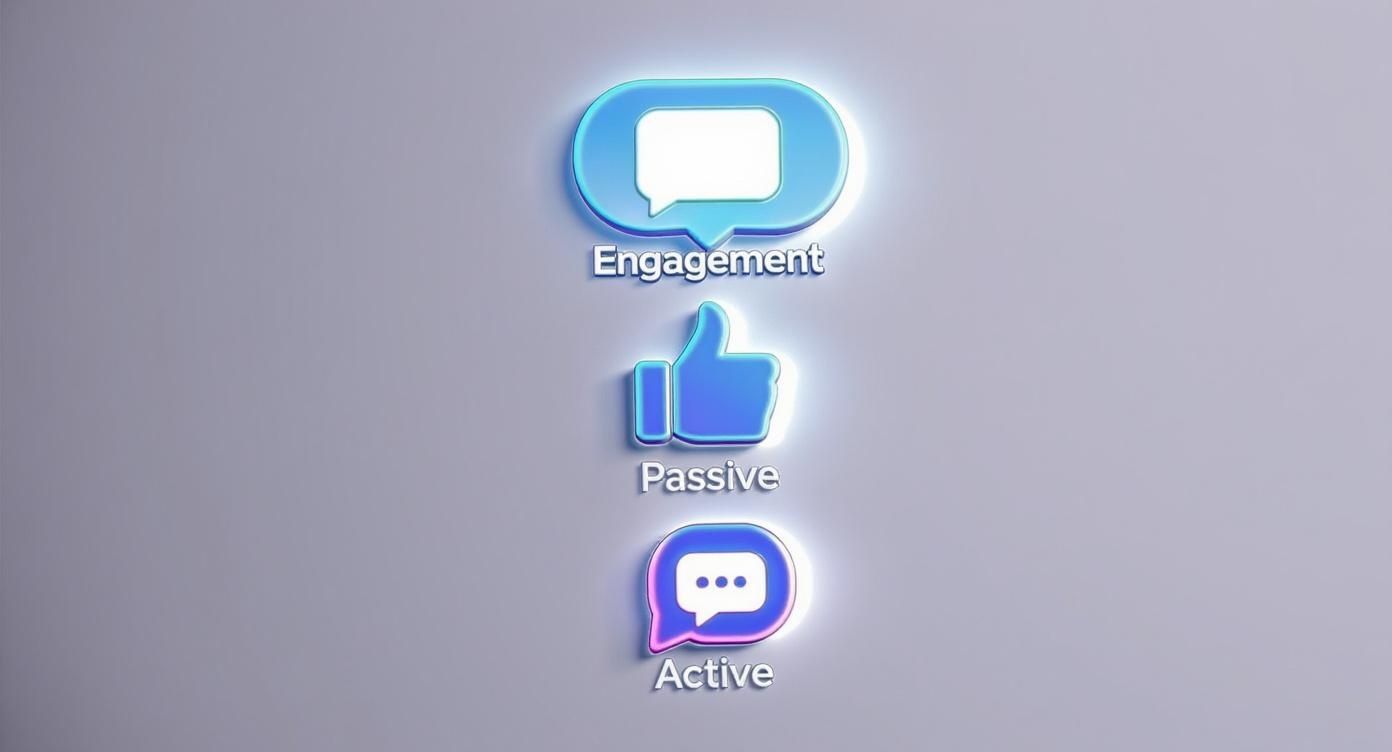
As you can see, while a passive action like a "like" is a nice nod of approval, it’s the active engagement—like comments and shares—that signals a much deeper, more meaningful connection with your audience.
The Four Pillars of Engagement Metrics
Let's group the most important metrics into four distinct pillars. Each one peels back a different layer of how people are connecting with what you post, giving you insights you can actually use.
1. Appreciation Metrics (Likes, Reactions): This is the most basic form of feedback. A like or a heart reaction is a quick thumbs-up that your content caught someone's attention. They're important, but they represent a passive nod of approval rather than a deep investment in your brand.
2. Conversation Metrics (Comments, DMs): Now we're talking! These actions show your content was compelling enough to make someone stop scrolling and start a dialogue. A comment or a direct message is a high-intent action; it means a user is actively thinking about what you said and wants to connect.
3. Amplification Metrics (Shares, Retweets): This is the holy grail—the digital version of word-of-mouth. When someone shares your post, they're not just interacting; they're putting their own reputation on the line to vouch for your content. It’s a massive signal of trust and value.
4. Retention Metrics (Saves, Profile Clicks): Saves are one of the most powerful—and often overlooked—indicators of top-tier content. When a user saves your post, they're saying, "This is so good, I need to come back to it later." This tells the platform's algorithm that your content has real, lasting value.
When you start focusing on Amplification and Retention metrics, you graduate from playing a simple popularity game. You're now measuring how many people trust you enough to share your content and find it useful enough to save. This is how you build a real, loyal community.
Calculating Your Engagement Rate
Once you know what to look for, you need a way to track your overall performance. There isn't just one magic formula; the right one for you really depends on your specific goals.
Engagement Rate by Reach (ERR):
(Total Engagements per Post / Reach per Post) x 100. This is often the most honest calculation because it measures the percentage of people who actually saw your post and chose to interact.
Engagement Rate by Followers (ERF):
(Total Engagements on a Post / Total Followers) x 100. This formula is great for tracking your performance over time. Since your follower count is a relatively stable number, it helps you see if your content is becoming more or less engaging to your core audience.
For a deeper look into these formulas and how to put them to work, check out our complete guide on what an engagement rate is and how to calculate it for your own accounts. Understanding these numbers is the first step, but to see the full impact of your work, it’s also key to understand how to measure marketing ROI.
Why Algorithms Reward Authentic Engagement
Ever wonder why everyone is so obsessed with social media engagement? It all comes down to the core business model of platforms like Instagram and TikTok. Their main job is to keep you on their app for as long as humanly possible.
The longer you scroll, the more ads they can show you, and that’s how they make money. Simple as that.
To do this, their algorithms are built to be master content curators. They are constantly on the hunt for posts that people genuinely find interesting, valuable, and entertaining—the kind of stuff that makes you stop scrolling. High-quality engagement is the clearest signal they have to find that great content. Think of it like a hot new restaurant; when people can't stop talking about it, a line forms around the block.
Turning Engagement Into Visibility
When someone takes a "high-effort" action on your post—like leaving a real comment, sharing it with their friends, or saving it for later—they're essentially telling the algorithm, "Hey, this is good stuff!" It’s a powerful endorsement that goes way beyond a simple, passive 'like'.
These actions set off a chain reaction. The algorithm sees these strong signals and starts showing your post to more of your own followers. If they also engage with it, the platform gets even more confident and starts pushing your content out to a wider audience. This is how you land on discovery surfaces like the Explore page, creating a snowball effect of visibility.
This is the direct, unfiltered link between genuine interaction and explosive organic growth. Every meaningful engagement is a vote of confidence that convinces the algorithm to show your content to the world.
The Power of High-Intent Interactions
Let's be clear: not all engagement is created equal. The algorithms are smart enough to know the difference between a mindless double-tap and a thoughtful interaction.
Here’s a quick breakdown of what different actions signal to the platform:
Comments: A comment shows your content was interesting enough to make someone stop and type out a thought. The longer and more genuine the comment, the better the signal.
Shares: When a user shares your post, they're vouching for it with their own reputation. It’s a massive sign of trust and one of the strongest indicators that you've created something truly valuable.
Saves: A save is pretty much the ultimate compliment on Instagram. It tells the algorithm that your content is so useful or inspiring that someone wants to come back to it again and again.
By focusing on creating content that naturally sparks these specific actions, you’re basically aligning your strategy with how the algorithm is designed to work. You're giving it exactly what it's looking for.
This is how authentic engagement becomes the fuel for your reach. It’s a beautiful feedback loop: you create great content, which earns high-quality engagement, which then gets rewarded with more visibility from the algorithm, putting your work in front of thousands of new people.
Proven Strategies to Boost Your Instagram Engagement
Knowing what engagement is and actually getting it are two different things. It’s time to roll up our sleeves and move from theory to action with some specific, battle-tested strategies that can turn your Instagram profile into a hive of activity. These aren't just quick tricks; they're foundational methods for building real connections with your audience.
The big idea here is to create content that doesn't just get a passive double-tap. We want to inspire followers to comment, share your post with a friend, or even save it for later. This requires a shift from just broadcasting content to intentionally starting conversations.

Spark Conversations with Compelling Captions
Think of your caption as the opening line in a conversation. Instead of just describing what’s in the photo, use it as a prompt to get a response. The easiest way to do this? Ask a question—specifically, an open-ended one that can’t be answered with a simple "yes" or "no."
For instance, rather than posting, "Here's our new product," you could ask, "What's the one feature you're most excited to try in our new product?" That small tweak turns a flat statement into a genuine invitation for a chat, directly encouraging more comments.
Make Your Stories Interactive
Instagram Stories are an absolute goldmine for engagement because they come with built-in interactive tools. Don't just post a static photo and call it a day; layer on an element that makes it almost effortless for your followers to join in.
Polls and Quizzes: These are fantastic for quick, low-effort interactions. Ask for opinions on a new design, test your audience's knowledge with some industry trivia, or run a simple "This or That" poll.
Question Stickers: Open the floor to your followers with an "Ask Me Anything" (AMA) or flip it around and ask them for their best tips. This not only boosts engagement but also gives you a ton of content ideas straight from the source.
Slider Stickers: Use the emoji slider to get a quick pulse check on how your audience is feeling. A simple prompt like "How much are you loving this new feature?" can generate hundreds of interactions in a flash.
Create Content Worth Saving
In the eyes of the Instagram algorithm, a "Save" is one of the most powerful signals your content can receive. It tells the platform that your post is so valuable, people want to come back to it again and again. To earn those saves, you need to create content that has a long shelf life.
Think of "saveable" content as a mini-resource. It’s not just entertaining for a fleeting moment; it provides real, tangible value that lasts. This is the kind of stuff that turns a casual follower into a loyal fan who sees your account as an essential guide.
Here are a few formats that consistently rack up the saves:
Checklists and How-To Guides: Break down a complicated process into simple, easy-to-follow steps.
Tutorials and Tips: Share a quick tip or a mini-tutorial that solves a common pain point for your audience.
Inspirational Quote Graphics: Beautifully designed quotes that strike a chord with your followers are often saved for a dose of motivation.
Resource Lists: Curate a list of must-have tools, recommended books, or can't-miss spots that your audience will find genuinely useful.
By mixing these tactics into your content plan, you'll be encouraging all the different types of engagement that matter. For an even deeper dive, check out our complete guide to powerful Instagram engagement strategies and really level up your game.
How Gainsty Can Amplify Your Engagement Efforts
Knowing what good engagement looks like is one thing. Actually making it happen consistently? That's the real challenge for any creator or brand on Instagram. While you still have to do the work of creating great content, the right tools can be a massive shortcut by connecting you with the right people from day one. This is exactly where a platform like Gainsty steps in to help.
Gainsty is built on a simple premise: follower count is just a number, but an engaged community is an asset. It’s designed to be a strategic partner that puts your organic efforts on the fast track, making sure your content lands in front of users who are genuinely interested in what you have to say.
From Just Being Seen to Actually Connecting
Instead of just shouting into the void and hoping for the best, Gainsty is all about precision targeting. The platform’s whole approach is built around getting your posts seen by people who are already looking for and interacting with content just like yours. This immediately bumps up your chances of getting those high-value interactions—comments, shares, and saves—that the Instagram algorithm loves to see.
This screenshot from Gainsty’s homepage gets right to the point, emphasizing real followers and authentic growth.
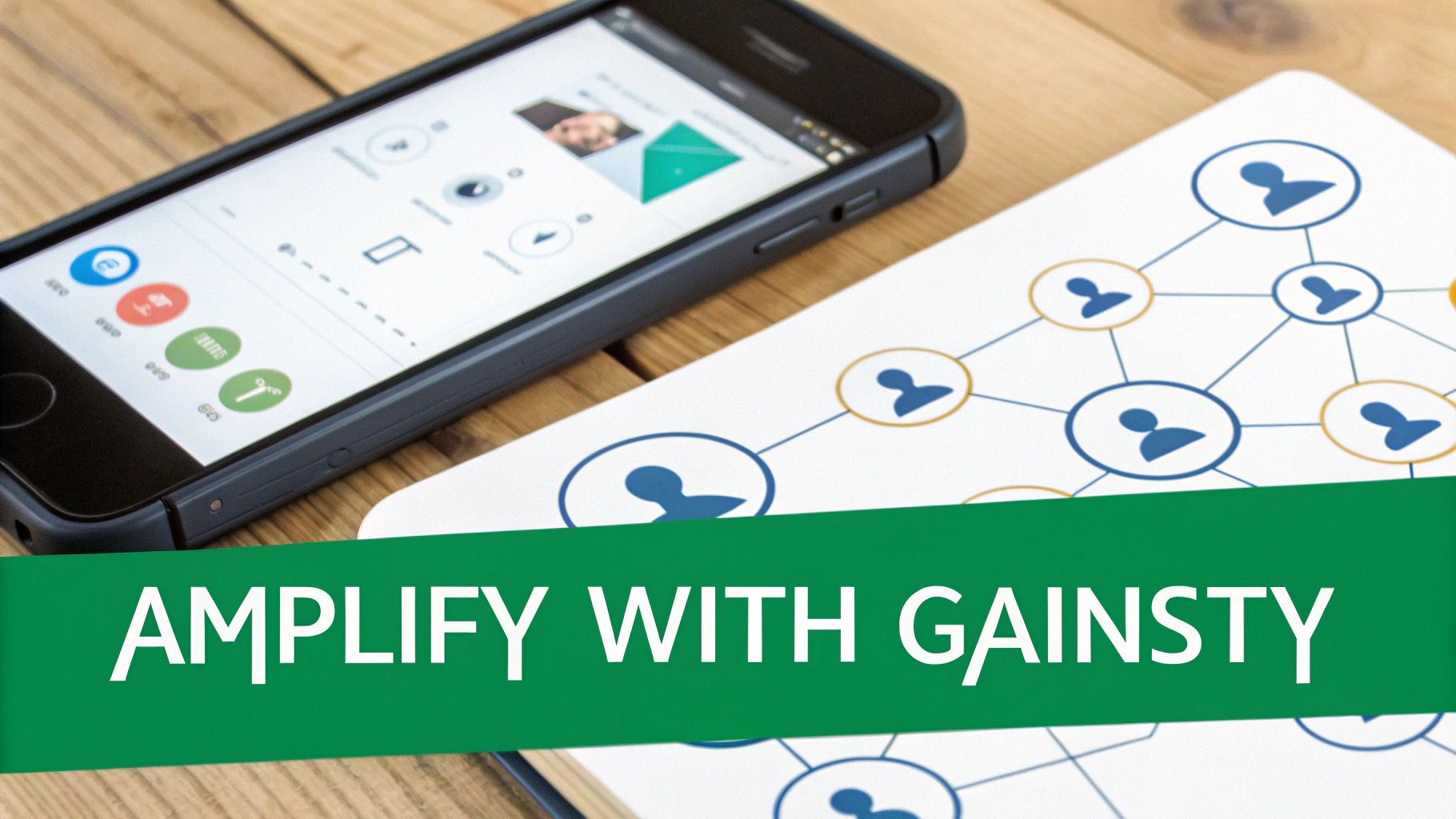
The focus on "organic growth" and "real followers" isn't just marketing fluff; it speaks directly to improving the quality of your audience, not just pumping up the quantity.
By connecting you with an interested audience, Gainsty helps kickstart a positive feedback loop. You get more authentic engagement, which signals to the algorithm that your content is valuable, leading it to boost your visibility even more.
Here’s a simple way to think about it: Gainsty doesn’t just fill your coffee shop with random people off the street. It brings in the true coffee aficionados—the ones who want to discuss the tasting notes, tell their friends about your place, and come back every morning. This is how you turn "social media engagement" from a buzzword into a real, sustainable growth engine for your account.
Got Questions About Social Media Engagement? We've Got Answers.
Even when you have a solid plan, a few questions always pop up when you start digging into social media engagement. It's totally normal. Let's walk through some of the most common ones that creators and brands ask.
Getting these details right can be the difference between a strategy that just ticks a box and one that actually drives real, sustainable growth.
What Is a Good Social Media Engagement Rate?
This is the million-dollar question, but there's no single magic number. What's considered "good" really depends on your industry, the platform you're on, and how big your audience is. But for a general benchmark on Instagram, you should be aiming for something between 1% and 3%.
You'll often see smaller accounts with a super-specific niche hitting much higher rates—sometimes over 5%—because their audience is just so dialed in. On the flip side, huge accounts with millions of followers might see their engagement rate hover around 1% or even less.
Here’s the best advice I can give: stop worrying so much about broad industry averages. Instead, start benchmarking against your own past performance. The real goal is to see a steady, consistent improvement over time. Even a small upward trend is a fantastic sign that what you're doing is starting to connect with your audience.
Are Likes Still an Important Engagement Metric?
Yes, but their role has definitely changed. Think of likes as "passive" or "low-effort" engagement. They show a quick flash of appreciation for your content, but the algorithms are now looking for much more. They prioritize "high-effort" interactions like comments, shares, and especially saves.
Likes are the base layer of approval. If a post gets tons of likes but almost no comments or shares, it tells you the content was probably nice to look at, but it wasn't interesting enough to start a conversation or valuable enough for someone to save for later. So, while you shouldn't ignore them, your main focus should be on creating content that encourages those deeper, more meaningful actions.
How Often Should I Post to Keep Engagement High?
It's the classic dilemma, isn't it? But the answer is simpler than you think: consistency will always beat frequency. Pushing out three incredibly thoughtful, high-quality posts a week is infinitely better than spamming your followers with mediocre content twice a day just to hit a quota.
Posting too much can burn out your audience, causing them to mentally unsubscribe and scroll right past your content. Even worse, it can signal to the algorithm that your content isn't hitting the mark, leading to it being shown to fewer people.
Start with a schedule you can actually stick to, like 3-5 posts per week.
Dive into your analytics to find out when your audience is online and most active.
Always prioritize quality over quantity. Make sure every single post has a purpose.
Your goal is to become a reliable, welcome brand in your followers' feeds, not a noisy one they want to mute.
Does Responding to Comments Actually Increase Engagement?
Absolutely. This is one of the most powerful—and most overlooked—tactics out there. Responding to comments gives your engagement a boost in two huge ways. First, every reply you write counts as another comment on that post. This directly inflates the post's total comment count, which is a massive green flag for the algorithm.
But more importantly, it's how you build a real community. When people see you taking the time to read and reply, they feel seen and appreciated. That feeling makes them way more likely to comment on your future posts. You’re turning a simple metric into a living, breathing conversation, which naturally pulls even more people in.
Ready to turn these insights into explosive growth? Gainsty uses advanced AI and expert strategy to connect your content with a real, engaged audience genuinely interested in your niche. Stop guessing and start growing with a platform designed for authentic engagement. Discover how we can amplify your efforts at https://www.gainsty.com.


.png&w=1920&q=75&dpl=dpl_AQbX5JsabDdbeZxMJ6Brrjeb4mSf)
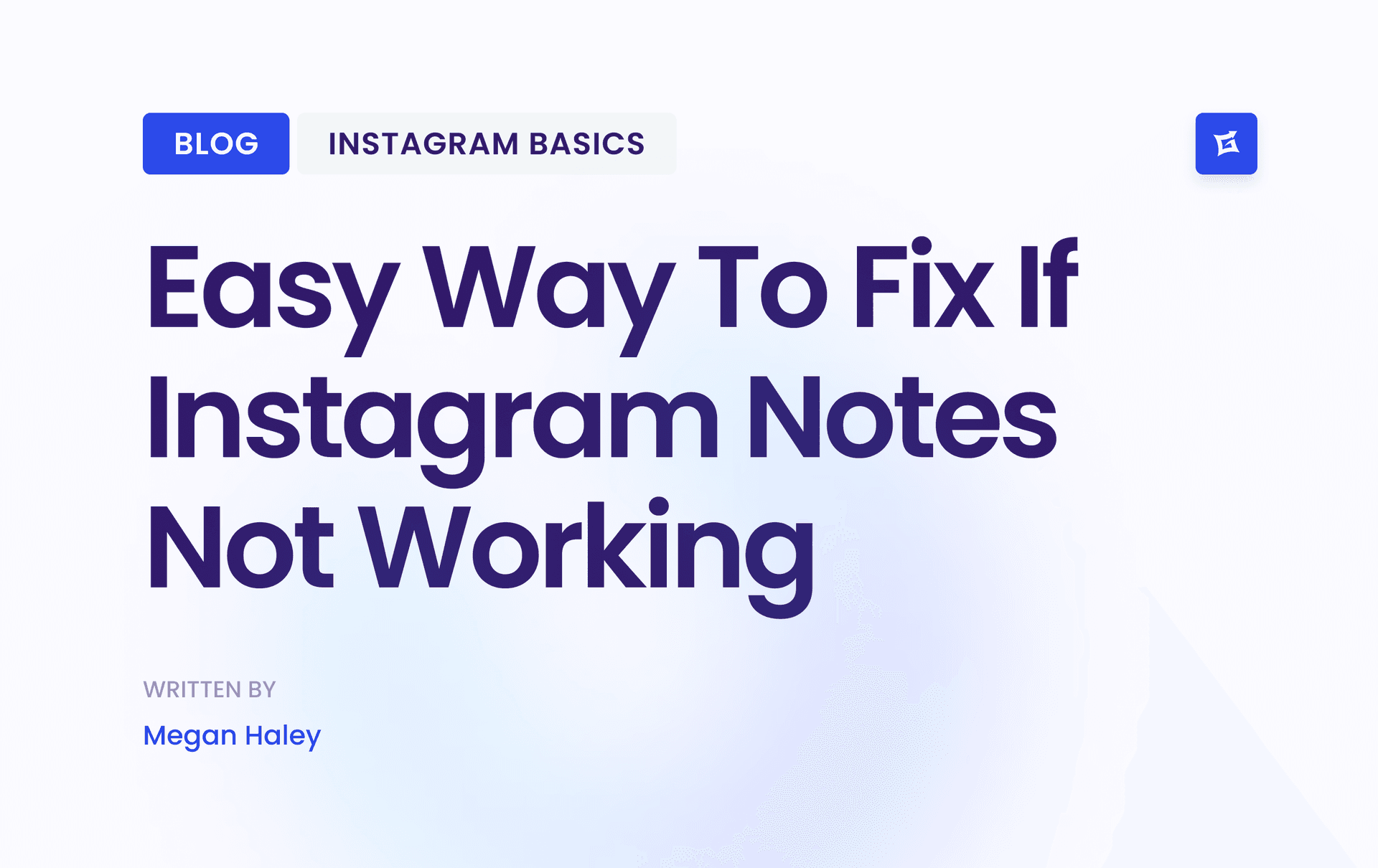
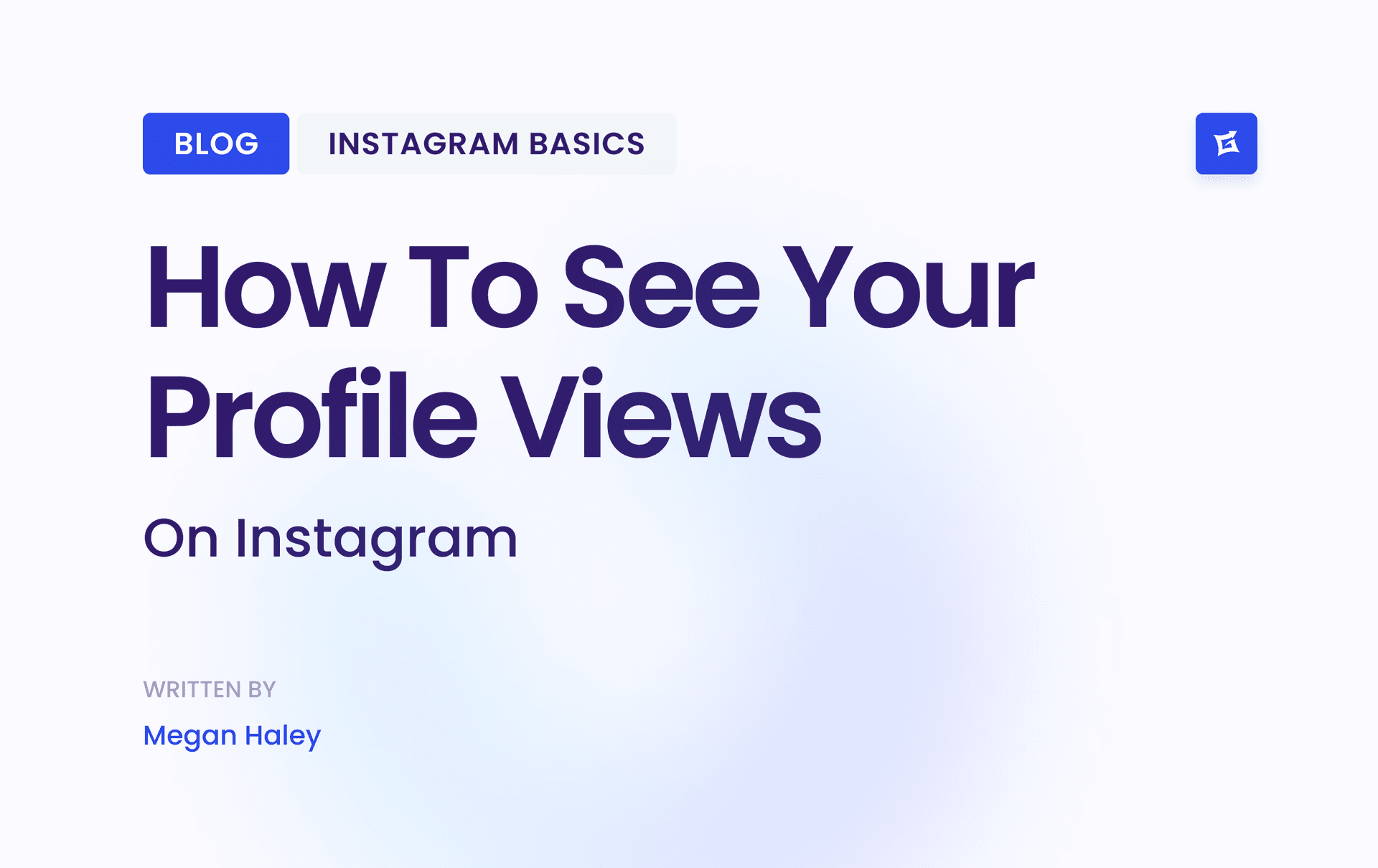

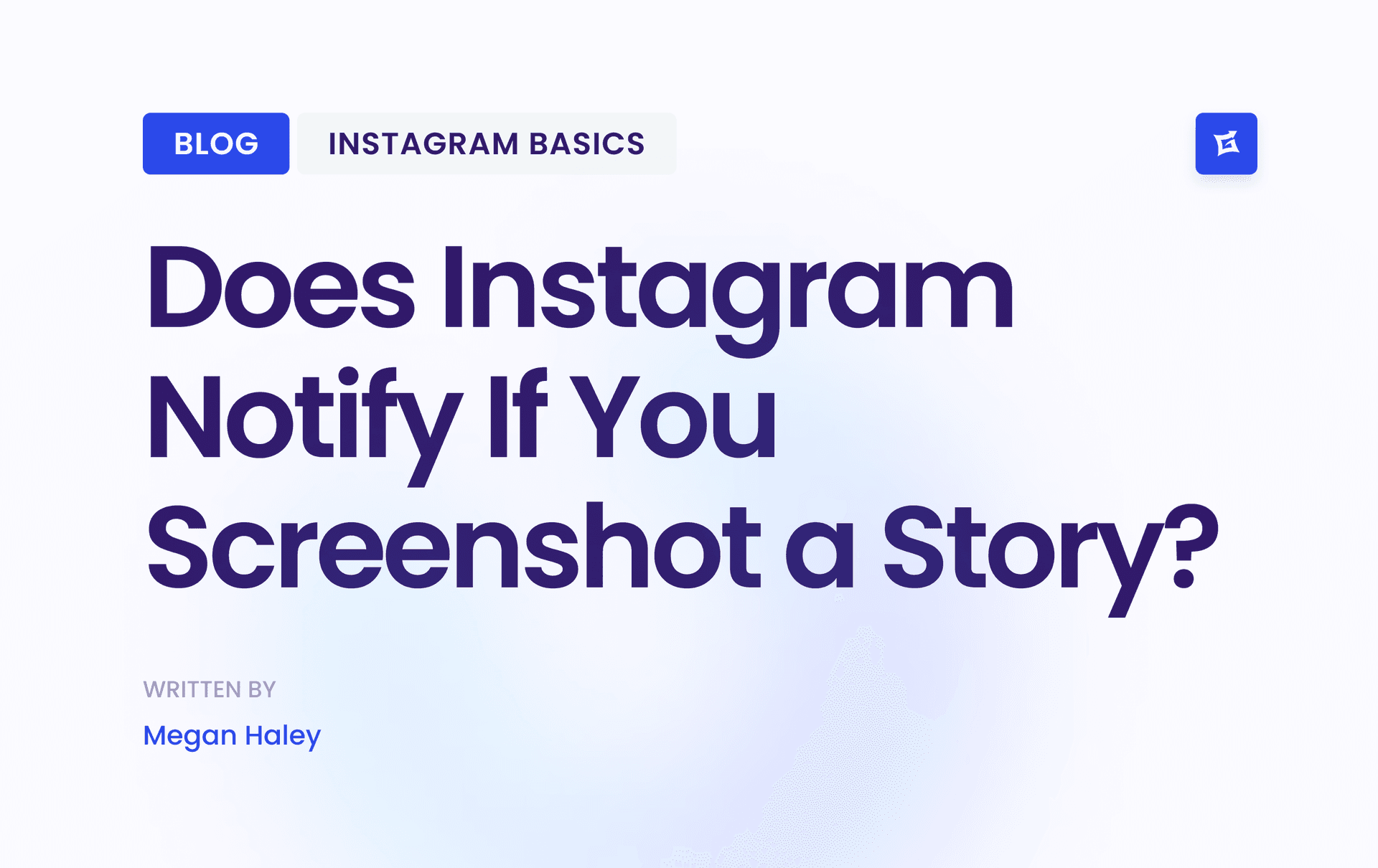




.png&w=750&q=75&dpl=dpl_AQbX5JsabDdbeZxMJ6Brrjeb4mSf)
